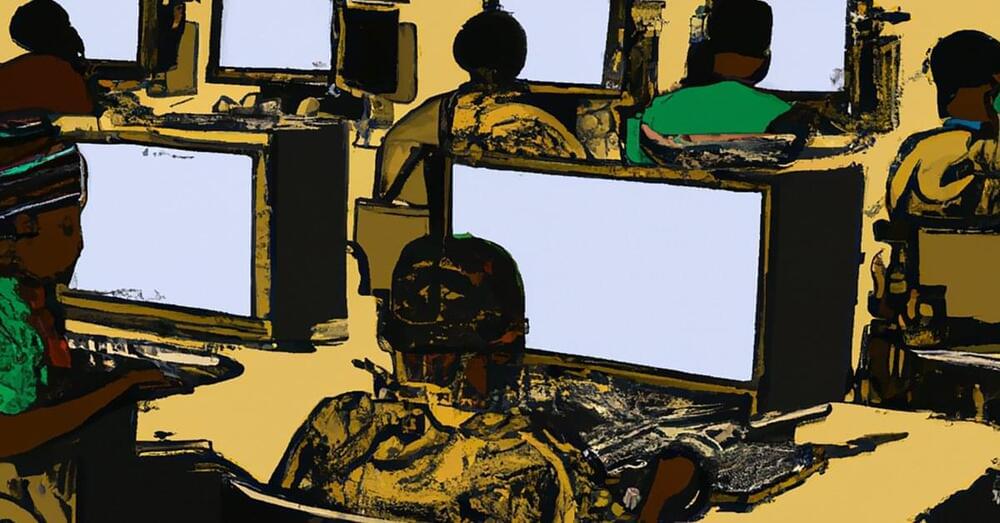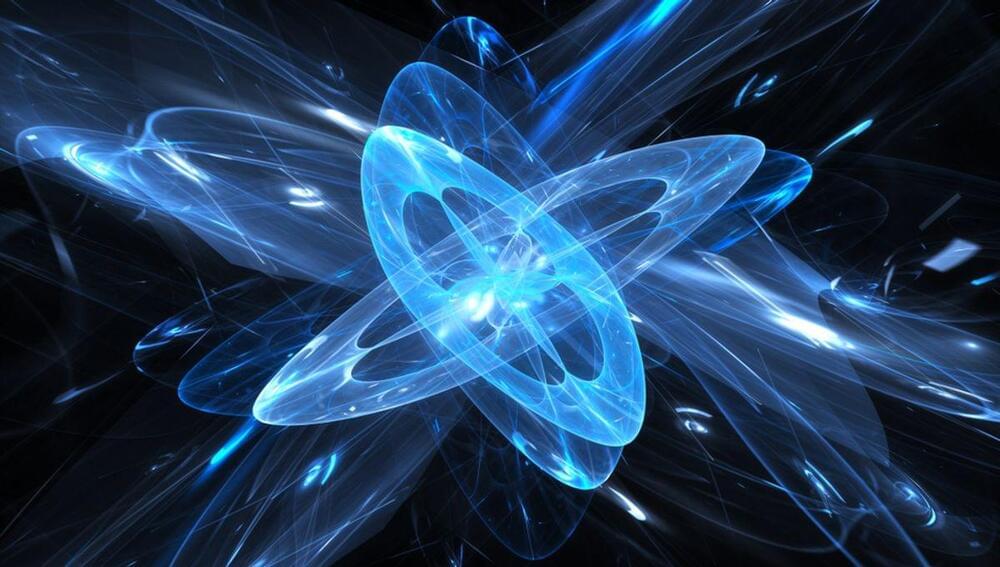In the world of spreadsheets and data analysis, a new player has emerged to shake up the game. Akkio, the easy-to-use AI company, has launched Chat Data Prep, a revolutionary machine learning platform that allows users to transform data using ordinary conversational language.
Gone are the days of struggling with complicated formulas and formatting commands in Excel. With Akkio’s Chat Data Prep, users can simply type in conversational language to make changes to their spreadsheet data. Leveraging AI and large language models, the platform interprets the user’s requests and makes the necessary changes to the data.
According to Jonathon Reilly, co-founder of Akkio, this new method of interacting with data results in a 10-fold reduction in the time it takes to prepare data for analysis. With Chat Data Prep, users can reformat dates, perform time-based math operations, and even fix messy data fields with a simple conversational command.






